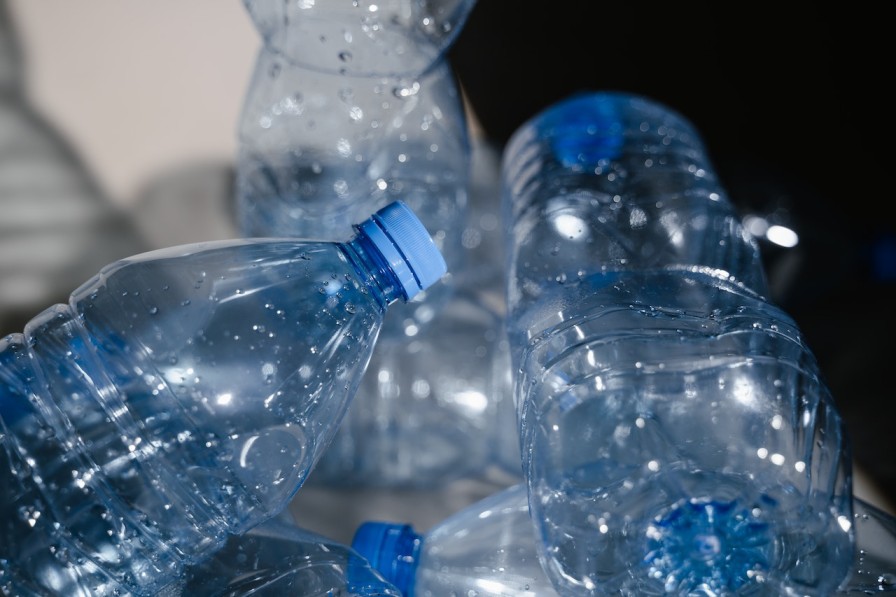The mounting waste problem caused by single-use plastics is one of the greatest environmental challenges of our time. Sadly, many companies have resorted to greenwashing their plastic pollution instead of taking responsibility for it. Greenwashing is a term used to describe deceptive marketing techniques used by companies to make their products and practices appear more environmentally friendly than they really are. In this blog post, we’ll discuss the various ways companies are greenwashing their plastic pollution problem and why it’s not a viable long-term solution.
What is greenwashing?
Greenwashing is the practice of using marketing or advertising to make a company, product, or policy seem more environmentally friendly than it actually is. It has become increasingly prevalent in the current global climate as companies attempt to offset their environmental impacts through superficial measures and public relations campaigns, while continuing to engage in unsustainable practices. Lightweighting, which reduces the amount of plastic used in packaging without reducing overall consumption, is often employed by companies as part of greenwashing. Corporate commitments to reduce plastic production, increase recycling, and reduce upstream environmental impacts have a limited impact if companies do not reduce overall plastic production and consumption. Greenwashing thus makes it difficult for consumers to truly assess the sustainability of products and can be detrimental to our fight against global plastic pollution.
The top three ways companies greenwash their plastic pollution
1. Corporate Commitments Have a Limited Impact: Companies often make lofty public commitments about reducing plastic pollution, but these commitments often don’t lead to real change. For instance, companies may commit to reducing the amount of plastic they use or making more packaging material recyclable, but this does not always result in an actual decrease in global plastic pollution.
2. More Recycling: Companies can also greenwash by encouraging customers to recycle more plastic packaging, while failing to actually reduce the production of plastic packaging material. This approach can lead to a false sense of security that the problem is being addressed without actually reducing overall consumption of plastics.
3. Upstream Environmental Impacts: Companies may also greenwash their plastic pollution problem by focusing solely on downstream efforts, such as cleaning up beaches and rivers that are polluted with plastic. But unless companies reduce their own plastic production and consumption, these efforts will have limited impact on global plastic pollution.
In order to truly address plastic pollution, companies must reduce their production of plastic and focus on decreasing overall consumption of plastic packaging materials. Without systemic changes in the way companies approach plastic production, greenwashing will not be enough to tackle the global plastic pollution crisis.
The consequences of greenwashing
Greenwashing, or the practice of companies making exaggerated claims about their commitment to sustainability, has significant consequences. By touting corporate commitments with limited impact, companies are able to distract from their role in global plastic pollution. Unfortunately, greenwashing may encourage more packaging material and overall consumption, which increases plastic waste and its associated environmental impacts.
Ultimately, companies must reduce plastic production, instead of merely opting for more recycling or greenwashing their current operations. A serious commitment to reducing plastic production is the only way to meaningfully address upstream environmental impacts, as opposed to simply attempting to sweep the problem under the rug.
What you can do to stop greenwashing
Companies have been using greenwashing to hide the environmental impacts of their plastic production, but it’s important that we take a stand and do what we can to stop them. Corporate commitments have a limited impact, as the global plastic pollution problem continues to grow with more packaging material being produced and less recycling happening. To truly reduce plastic production and overall consumption, companies must reduce upstream environmental impacts and the use of plastic in their products.
As an individual, there are a few things you can do to help stop companies from greenwashing their plastic pollution. First, avoid buying products with unnecessary or excessive packaging. Many products can come with too much plastic wrapping, so opt for those with minimal or no packaging when possible. If you do buy a product with a lot of packaging, reuse or recycle what you can. Second, spread awareness about greenwashing and encourage others to support businesses that make a genuine effort to reduce their plastic footprint. Lastly, make sure to choose brands that use recycled or upcycled materials in their packaging. By supporting companies that are trying to be environmentally conscious, we can help create incentives for other businesses to make more sustainable choices.
